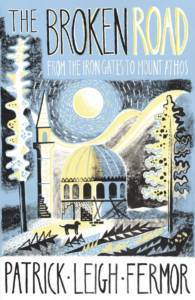
In the third season of Girls on HBO, whose season finale aired at the end of March, Hannah Horvath, age twenty-five, is at the Gramercy Park Hotel in New York with seven friends. A renaissance-revival design concept by artist Julian Schnabel, the $929 suite is Hannah’s to review for her advertorial job at GQ, and she has decided to throw a party. Her boyfriend is making his Broadway debut. Her best friend Marnie has a chance at being a folk songstress, and Hannah herself is secretly applying to the Iowa Writers Workshop. Packed into a deluxe hotel room, these twenty-somethings entertain visions of success larger than their own lives.








